5 places never to plant hostas – expert plantspeople share advice on the worst spots for these picky perennials
Planting your hostas in these places will lead to problems, from root rot to wilting and failing to survive


Hostas are a broad genus of plant, coming in an array of shapes, sizes and styles. But regardless of whether you have hostas with glossy leaves such as the 'Devon Green' or more muted varieties like the 'Fragrant Blue', these plants share an overarching commonality: being rather particular about where they are planted.
Placing your hostas in the wrong kind of soil, watering conditions or climate can be detrimental to their growth, so it's important to brush up on hostas care and growing tips before embellishing your yard or patio with these picky plants.
Here is a breakdown of five of the worst places to put your hostas, as well as why each will harm your plants. Once you've mastered the perfect placement hostas are otherwise relatively low-maintenance, so it's worth it to stay the course and ensure your hostas remain healthy and happy.
1. Direct sun

Hostas are among the best shade plants around, so it makes sense that one of the worst places to put a hosta is in full sunlight. Their delicate petals aren't built to withstand a constant, overbearing heat, leading to scorching, dehydrating, and wilting.
Jessica Mercer, plant expert at Plant Addicts, says, 'Intense afternoon sun can lead to bleached, papery margins and leaf scorch even on so-called “sun-tolerant” hostas. Hostas want the soft light of morning or mottled shade, not the searing rays that hit the south or west side of a house after lunch.'
Investing in a plant gauge with a reliable sunlight setting such as this 4-in-1 soil meter from Amazon will help you to keep track of exactly how much sun is hitting your hostas per day. Though it's vital to move them into a shadier area as soon as possible if you discover they are receiving too much direct sunlight to survive.
2. Heavy clay beds

Clay beds can be a dream to work with for many kinds of drought-tolerant plants, but hostas aren't one of them. Planting hostas in soil containing substantial amounts of clay will make them difficult to water regardless of when to plant hostas. The clay will be solid in the summer and make it hard to give them water, and in the winter when the clay is softer their waterlogged roots will begin to rot.
'Hosta roots require good drainage and aeration,' says Jessica. 'In compacted clay, winter moisture puddles around the crown, encouraging rot; in midsummer the same soil cracks open and starves the plant of water. Where drainage is poor, mix in copious compost or sand before you even think about planting any hostas.'
The 100% natural sand available on Amazon is a good choice as no harmful coatings have been added to the mixture. Stirring some of this through your clay soil will help increase drainage, though if the clay is really thick your hostas would be happier planted elsewhere.

Jessica Mercer, PhD, is the Senior Content Marketing Coordinator and plant expert for Plant Addicts. As a 'plant collector', Jessica enjoys growing many different plants and learning about the best cultural practices for each. Writing for Plant Addicts is a real joy for her, as she can use her science background to research interesting plant topics. She carefully considers how to best present the information to other gardeners, with a focus on sustainability and the environment.
3. Dry shade
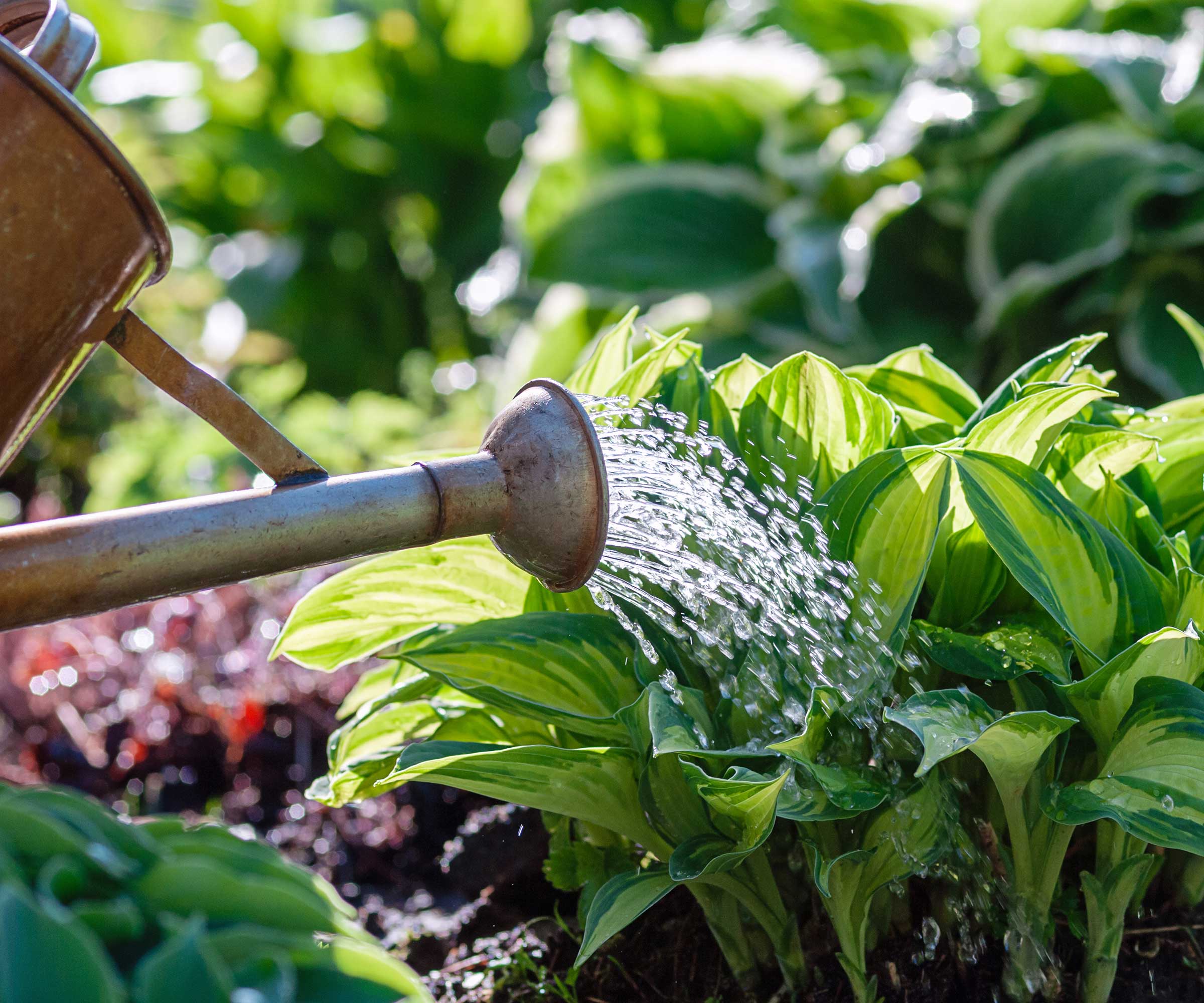
Hostas are one of the best ground cover plants to give shade to other parts of your yard, but your hostas themselves won't be happy if they're living in "dry shade" as a part-shade perennial. Dry shade, a kind of shade punctuated by the soil lacking adequate moisture, is a dangerous combination for hostas, as it will leave them without the dappled light they require to thrive as well as with an insufficient water supply.
'Dry shade, such as the shade often found underneath trees, can leave hostas with little light and little to drink,' says Jessica. 'Hostas will languish here, emerging small and thin each spring.'
A good rule to go by is to completely avoid planting hostas underneath leafy trees, and to avoid planting them too near the roots of any other kind of tree that still lets dappled light fall below. This way, the tree's roots won't be sucking up all of the water supply and your hostas won't be shadowed under too much shade.
4. Dry soil
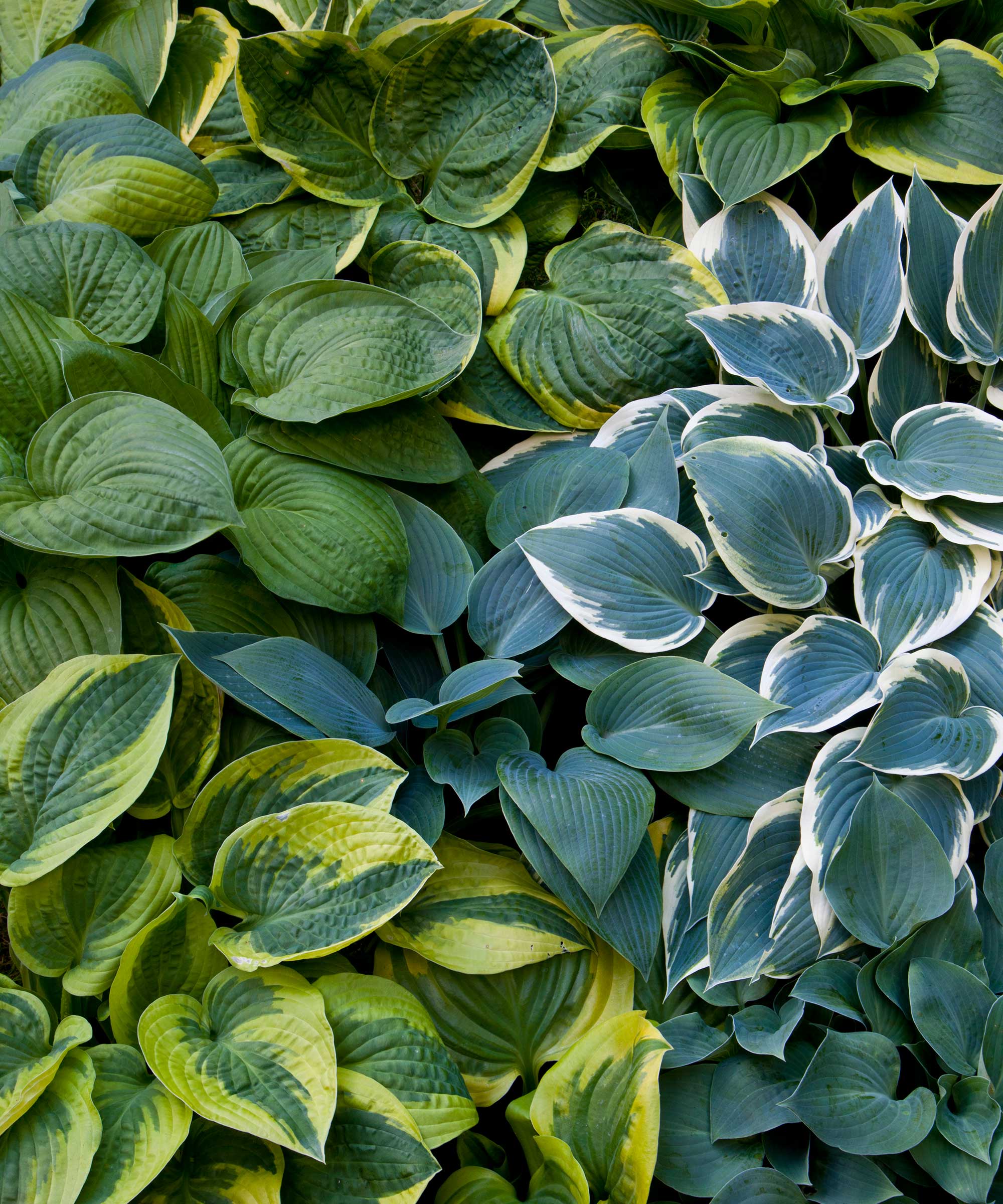
Hostas don't only dislike dry shade, they despite dry soil in general, so if you live in a warmer part of the world it's important to assess whether your climate is suitable to keep hostas well hydrated.
Tabar Gifford, master gardener and partnership cultivator at American Meadows and High Country Gardens, says, 'Hostas love consistent soil moisture. Not soggy, but never bone dry. In arid or semi-arid regions, such as much of the Southwest or interior West, the low humidity and high evaporation rates create a chronic moisture deficit that hostas struggle to survive in.'
These overly dry conditions and dry soil types can lead to hostas drooping, developing yellow leaves, and scorching among other plant issues.
'If you’re in a dry climate and still want to grow hostas, focus on shaded microclimates near water sources, such as next to shaded patios, protected courtyards, or beneath large shade trees with drip irrigation,' says Tabar. 'Regular mulching with compost, bark, or leaf mold will help retain moisture and moderate soil temperature.'
The AVALUTION orchid potting bark on Amazon is a good choice to toss through your soil as it's all-natural and helps to neutralize pH while improving water retention.

As the Partnership Cultivator at American Meadows and High Country Gardens, Tabar Gifford, a Master Gardener, and dedicated “plant geek,” passionately fosters connections. With a lifelong love for gardening and nature, and a background in environmental studies and sustainable community development, she combines horticultural expertise with a commitment to education. Striving to empower individuals in achieving their gardening aspirations, Tabar embodies a genuine passion for sharing her knowledge. She gardens in zone 4 in Vermont.
5. Sandy or fast-draining soil
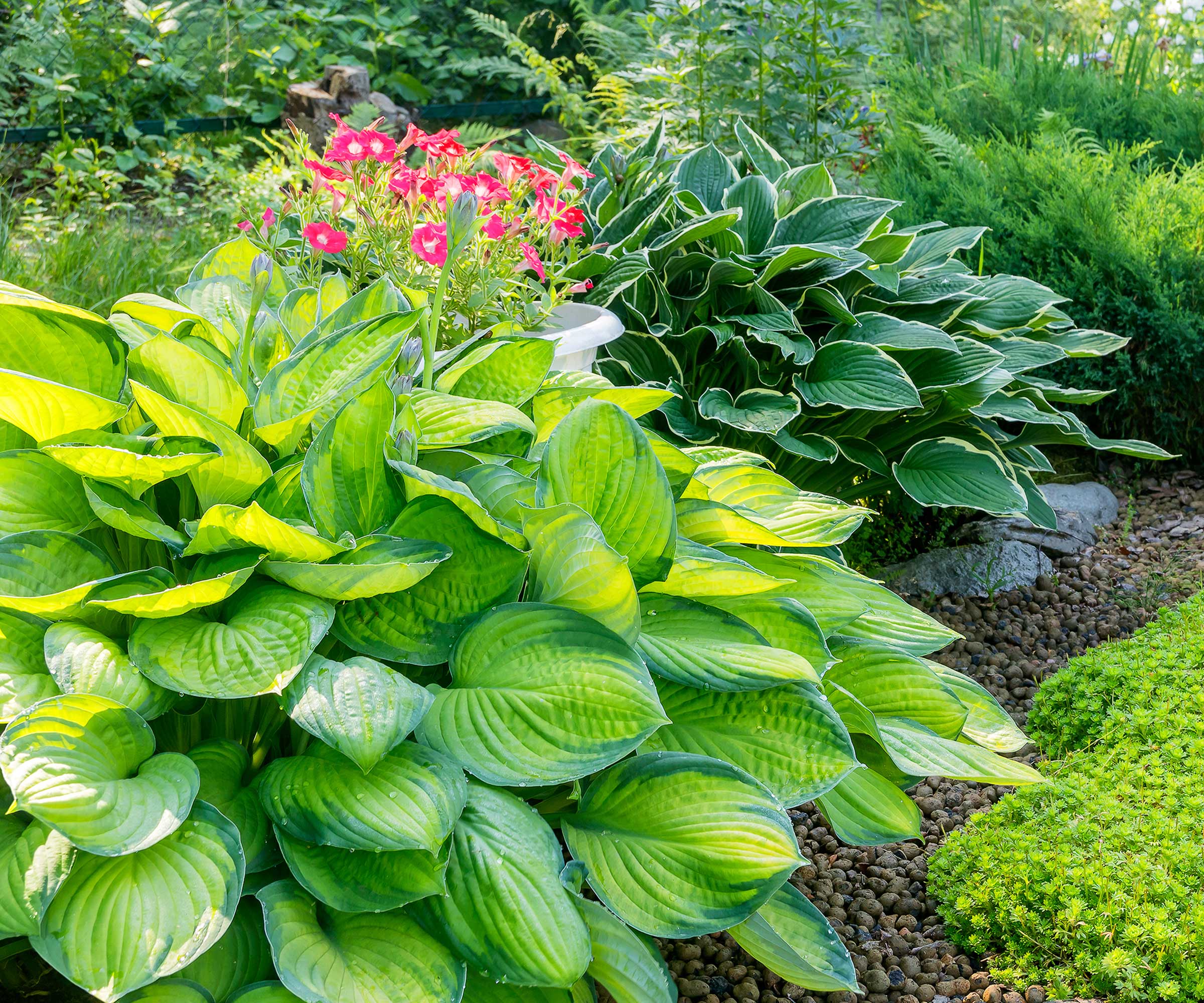
Even if you don't live in a particularly dry climate that's impacting your soil's ability to retain water, your soil may inherently struggle to stay moist enough for your hostas to thrive. If you yard's soil looks sandy or struggles to let water seep in, these are signs you're going to have problems if you don't amend and improve your garden soil before planting hostas.
'Because hostas have shallow roots and large leaves, they require soil that retains consistent moisture and supplies a steady stream of nutrients,' says Tabar. 'In sandy or gravelly soils, water drains too rapidly for hostas to absorb what they need, leading to stress, wilting, and poor performance, even if you’re watering frequently.'
To play it safe, plant your hostas in pots or container gardens with loamy, organically-rich soil, avoiding the soil you have in the ground. If you wish to plant them in the ground though, Tabar recommends trying to ' amend the planting area heavily with compost, aged manure, leaf mold, or peat moss before planting.'
This organic vermiculite from Amazon or the premium organic compost R&M organics from Walmart should do the trick.
Hostas aren't the only piece of greenery with particular planting needs in order to thrive, so it's vital to do your research before adding any new plants to your yard. To get you started, here are 5 places you should never plant dahlias to keep them at their healthiest.
Sign up to the Homes & Gardens newsletter
Design expertise in your inbox – from inspiring decorating ideas and beautiful celebrity homes to practical gardening advice and shopping round-ups.

Ciéra is a writer and regional laureate with particular passions for art, design, philosophy and poetry. As well as contributing to Livingetc, she's an Editorial Assistant for Design Anthology, and a contributing writer for Homes & Gardens and Apartment Therapy. Previous commendations of hers include being Highly Commended by The Royal Society of Literature and receiving a prestigious MA Magazine Journalism scholarship to City University, London.
You must confirm your public display name before commenting
Please logout and then login again, you will then be prompted to enter your display name.
-
 Meghan Markle's beekeeping hobby is surprisingly accessible and simple to learn – you can harvest your own honey as she does
Meghan Markle's beekeeping hobby is surprisingly accessible and simple to learn – you can harvest your own honey as she doesMeghan Markle has joined the ranks of DIY beekeepers, proving that working with bees in your garden is a fun and easy way to procure honey
-
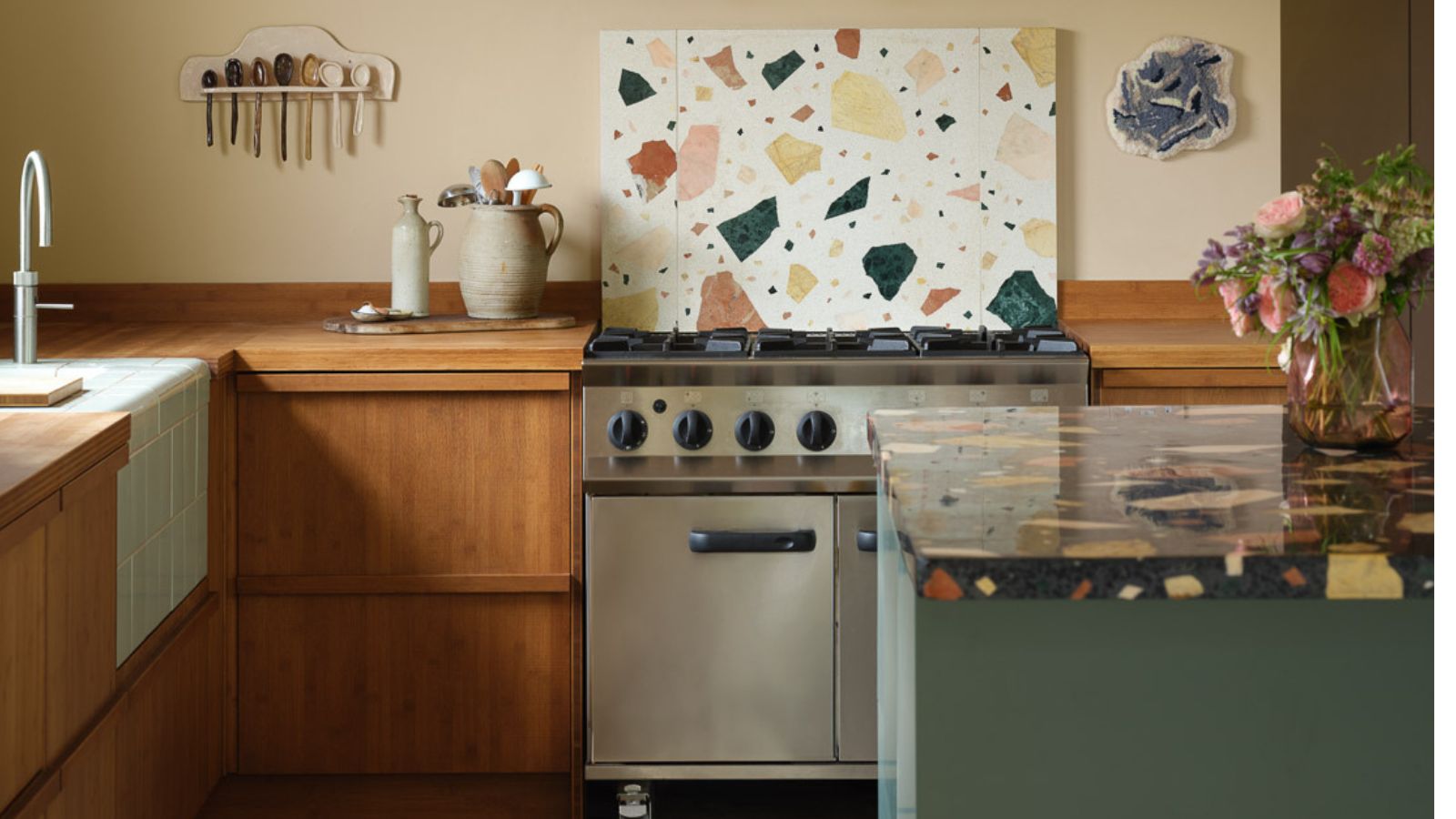 5 colors designers warn to never pair with wood
5 colors designers warn to never pair with woodWood features in most homes, it's incredibly versatile, however, there are certain shades that will clash rather than complement
-
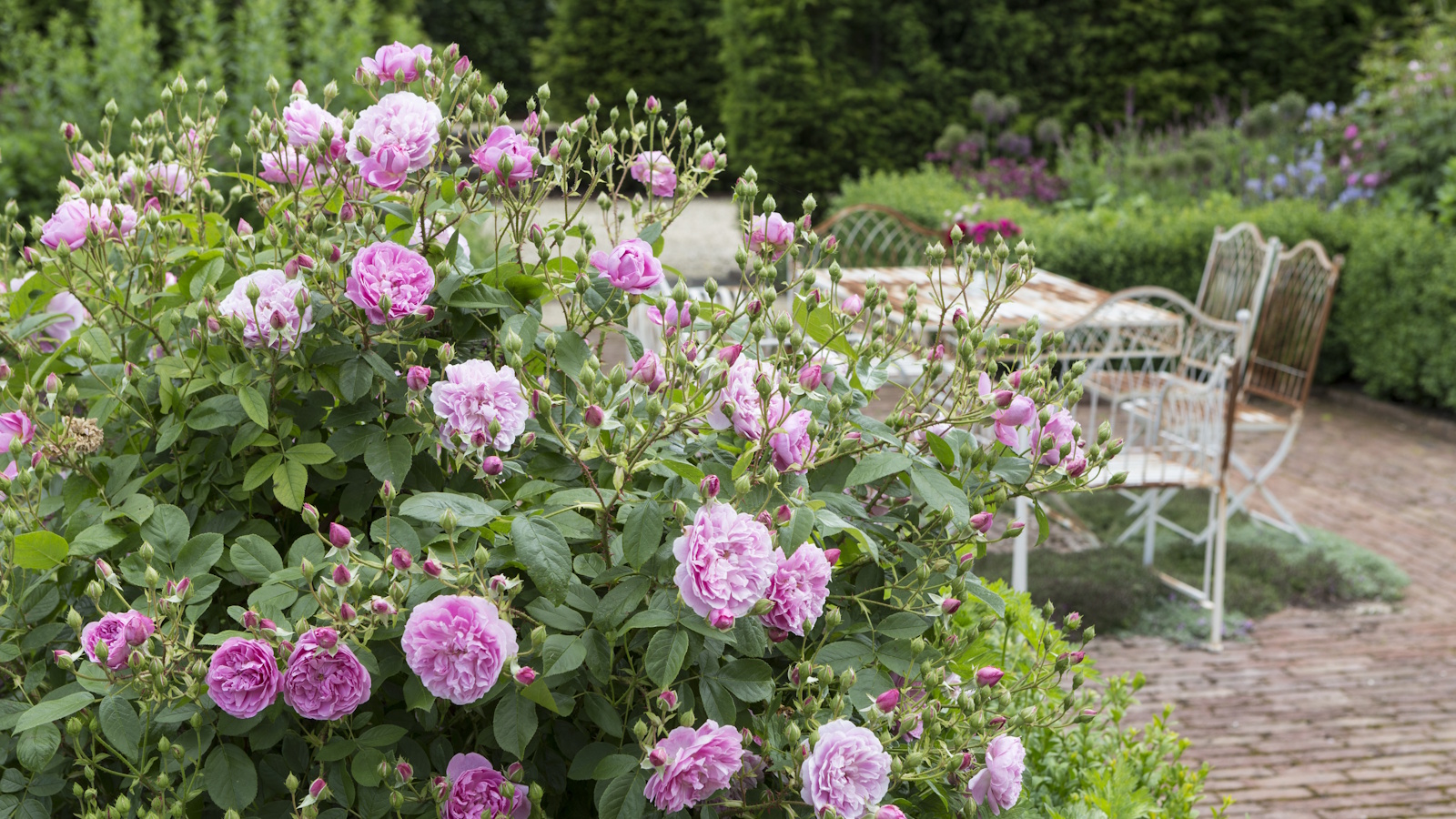 Best roses for small spaces – 5 brilliant blooms for pots or narrow borders that will transform compact gardens
Best roses for small spaces – 5 brilliant blooms for pots or narrow borders that will transform compact gardensFrom balconies or patios, these best roses for small spaces will add color and perfume to any yard
-
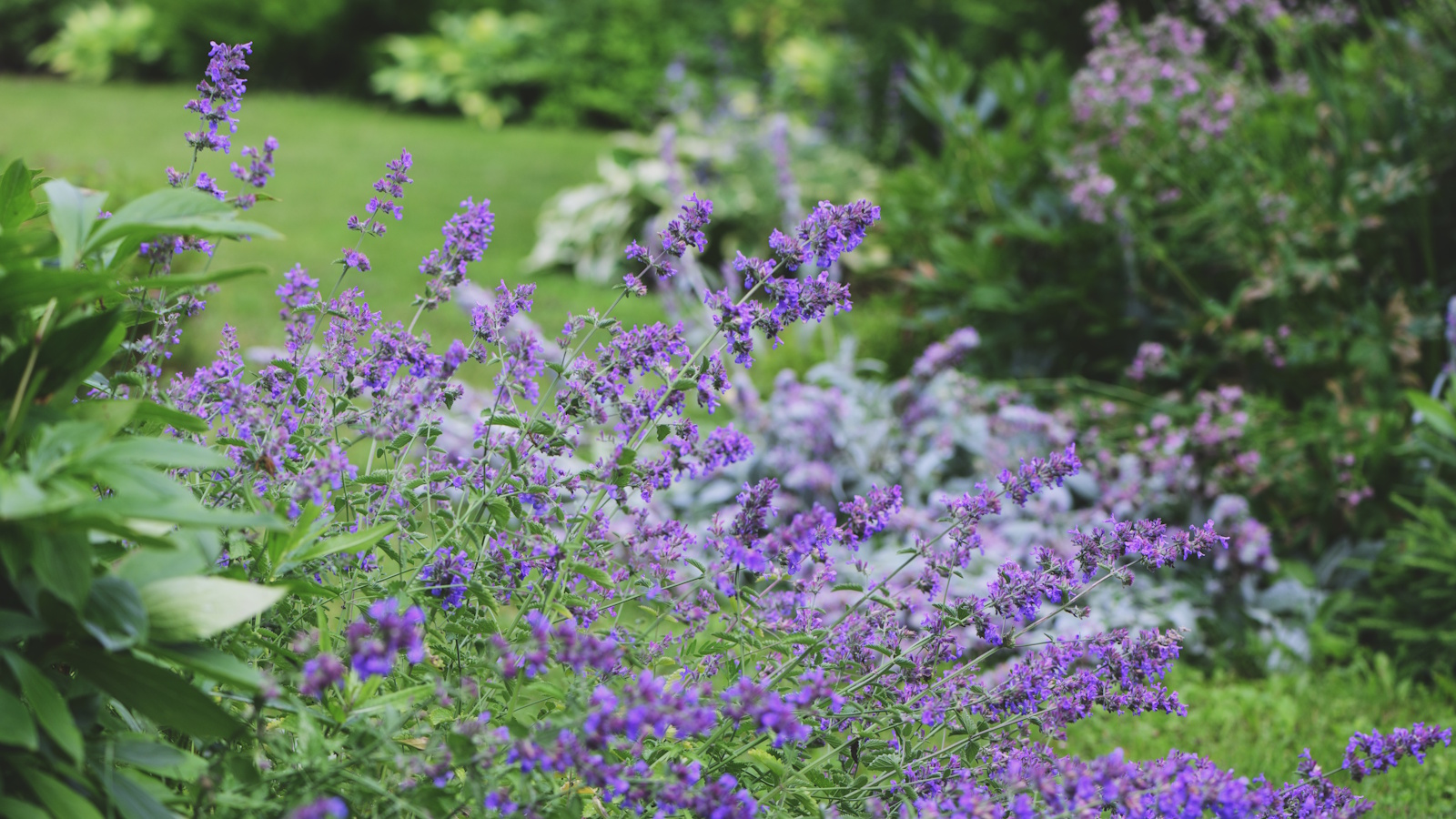 Where to grow catmint – experts reveal the best locations to maximize fragrant, colorful blooms in your yard
Where to grow catmint – experts reveal the best locations to maximize fragrant, colorful blooms in your yardCatmint is a spectacular perennial, but planting it in the wrong place can limit its floral display
-
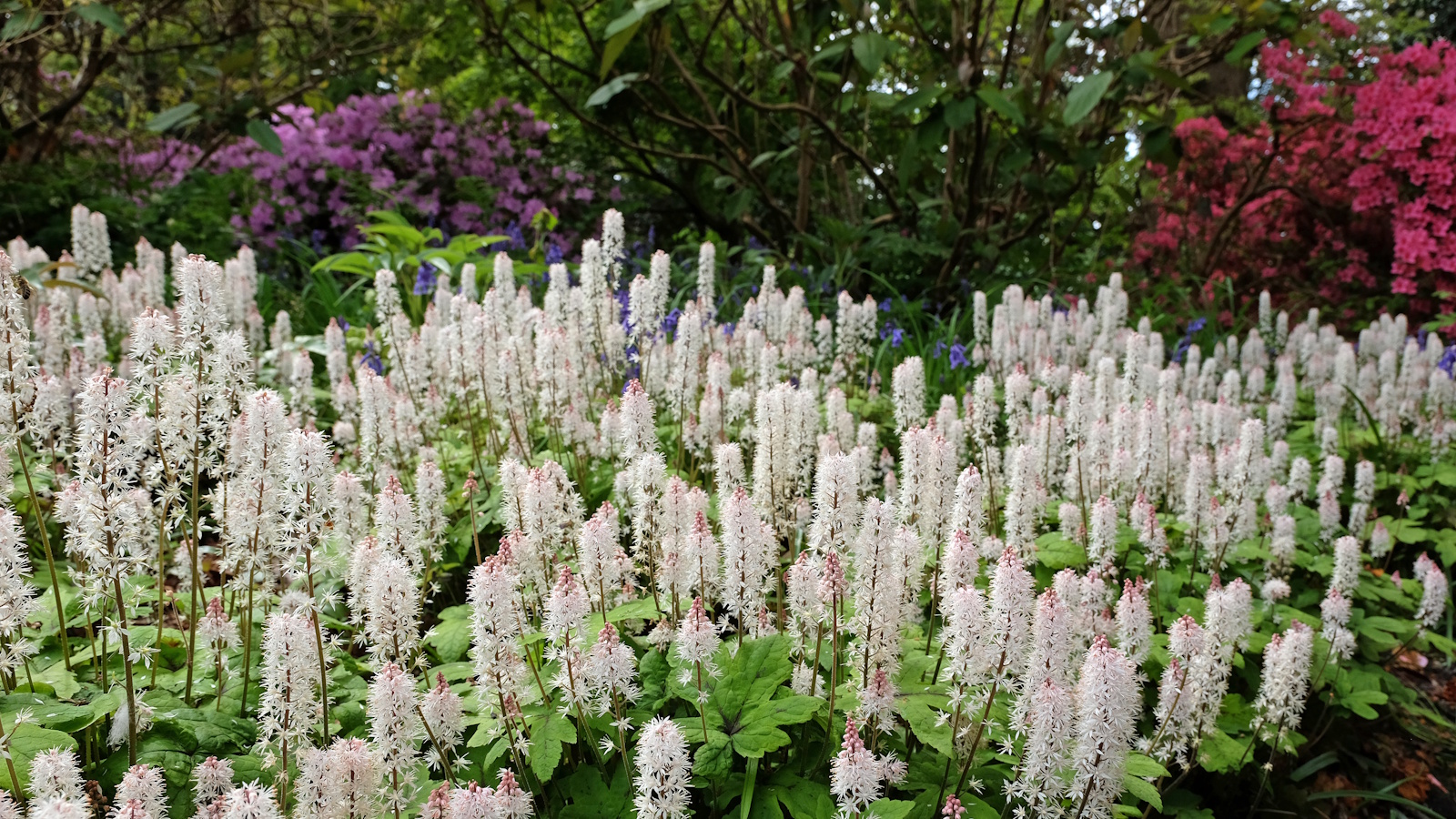 How to grow foamflower – for a resilient and pretty flowering perennial that will illuminate shady gardens
How to grow foamflower – for a resilient and pretty flowering perennial that will illuminate shady gardensFoamflowers can bring color to the dark corners of the yard
-
 How to grow wisteria in pots – for an easy-to-grow climber that will produce masses of fragrant, colorful blooms
How to grow wisteria in pots – for an easy-to-grow climber that will produce masses of fragrant, colorful bloomsGrowing climbers in pots is a great option if you have a compact outside space
-
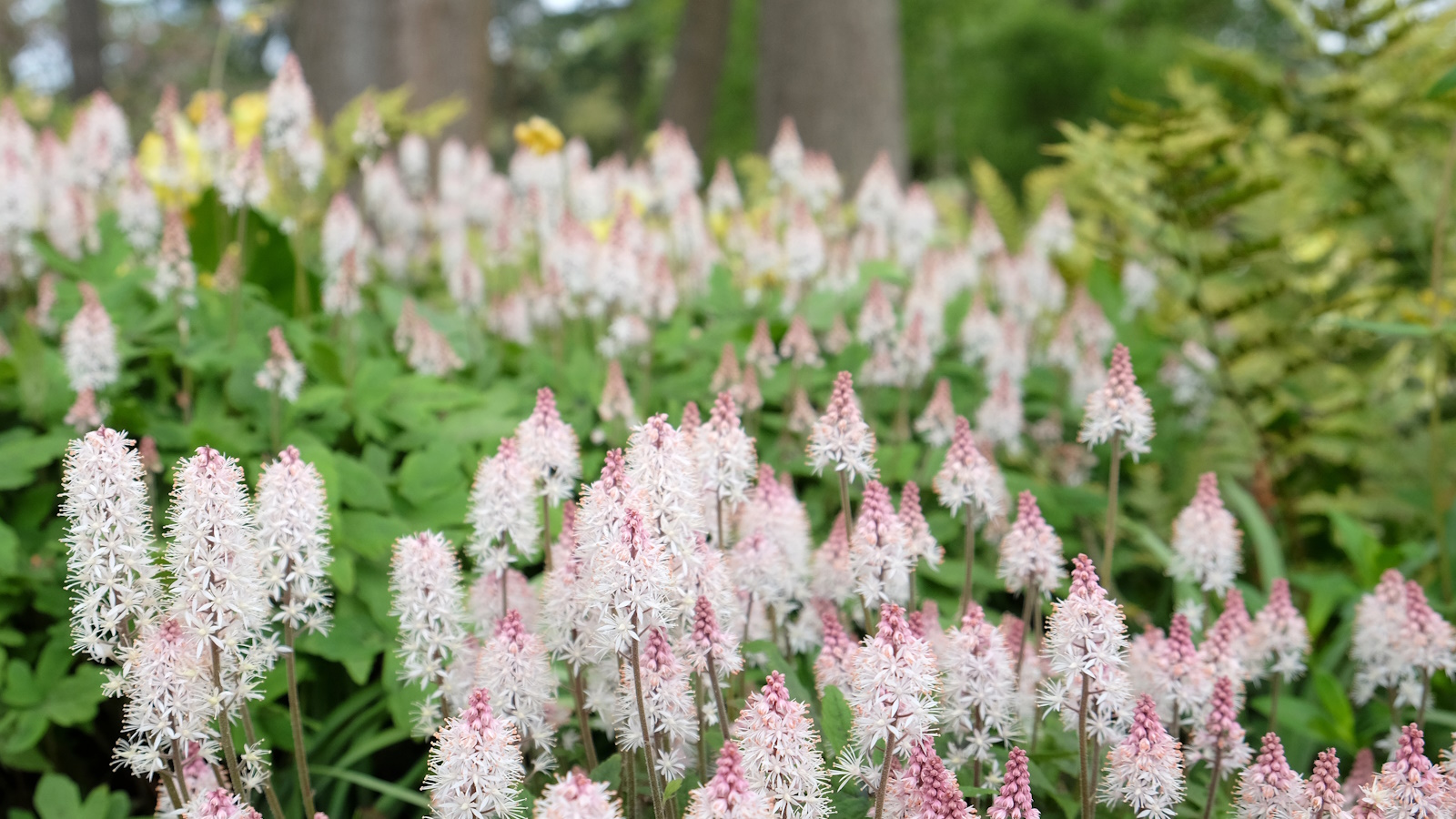 Best ground cover plants for wet soil – experts recommend these 5 options for soggy, damp yards
Best ground cover plants for wet soil – experts recommend these 5 options for soggy, damp yardsCover challenging borders in your yard with these spectacular low-growing species
-
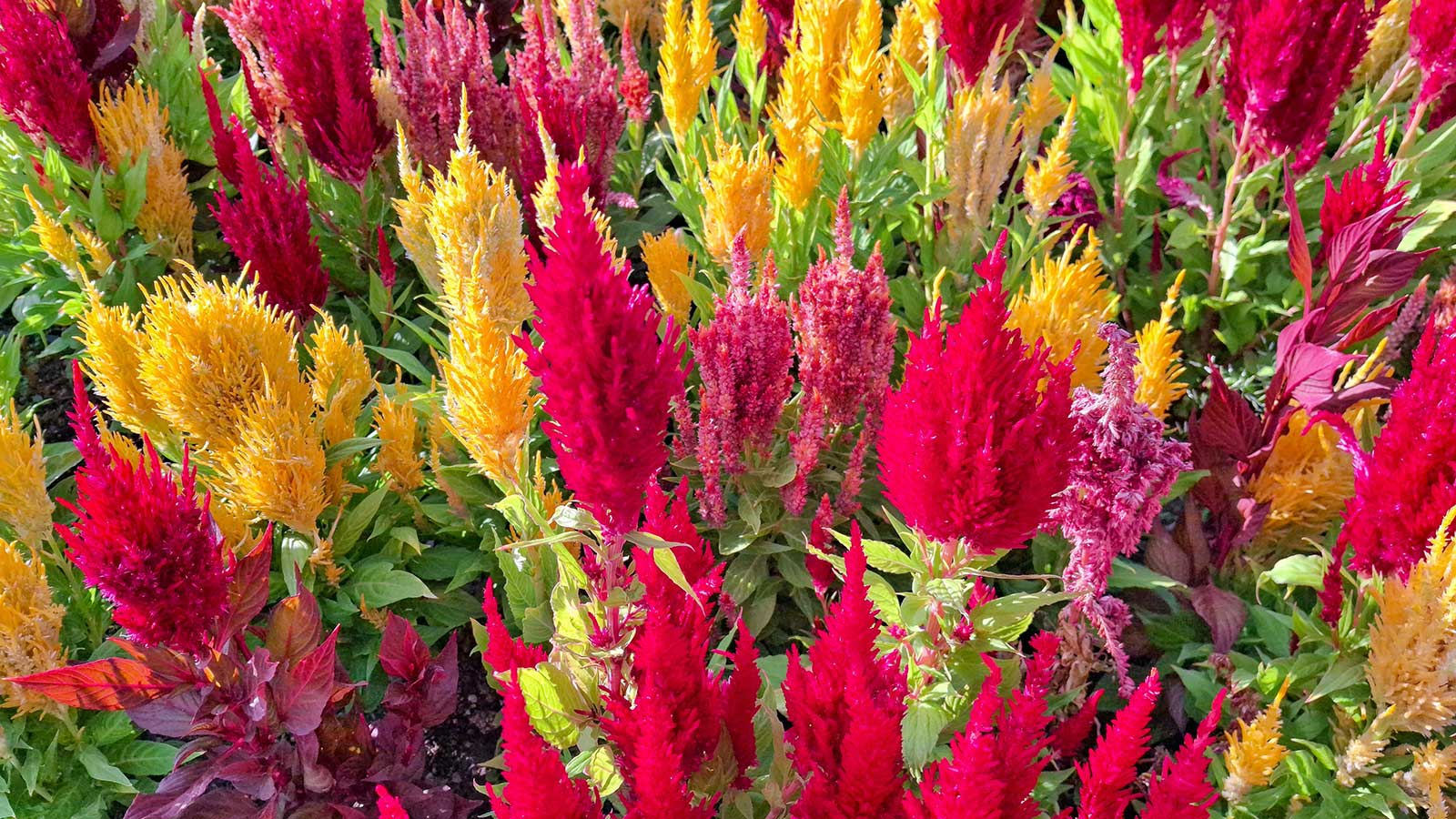 These celosia companion plants will guarantee a spectacular summer display – 5 expert picks to grow next to these vibrant blooms
These celosia companion plants will guarantee a spectacular summer display – 5 expert picks to grow next to these vibrant bloomsThese planting options will thrive alongside celosia in pots and borders
-
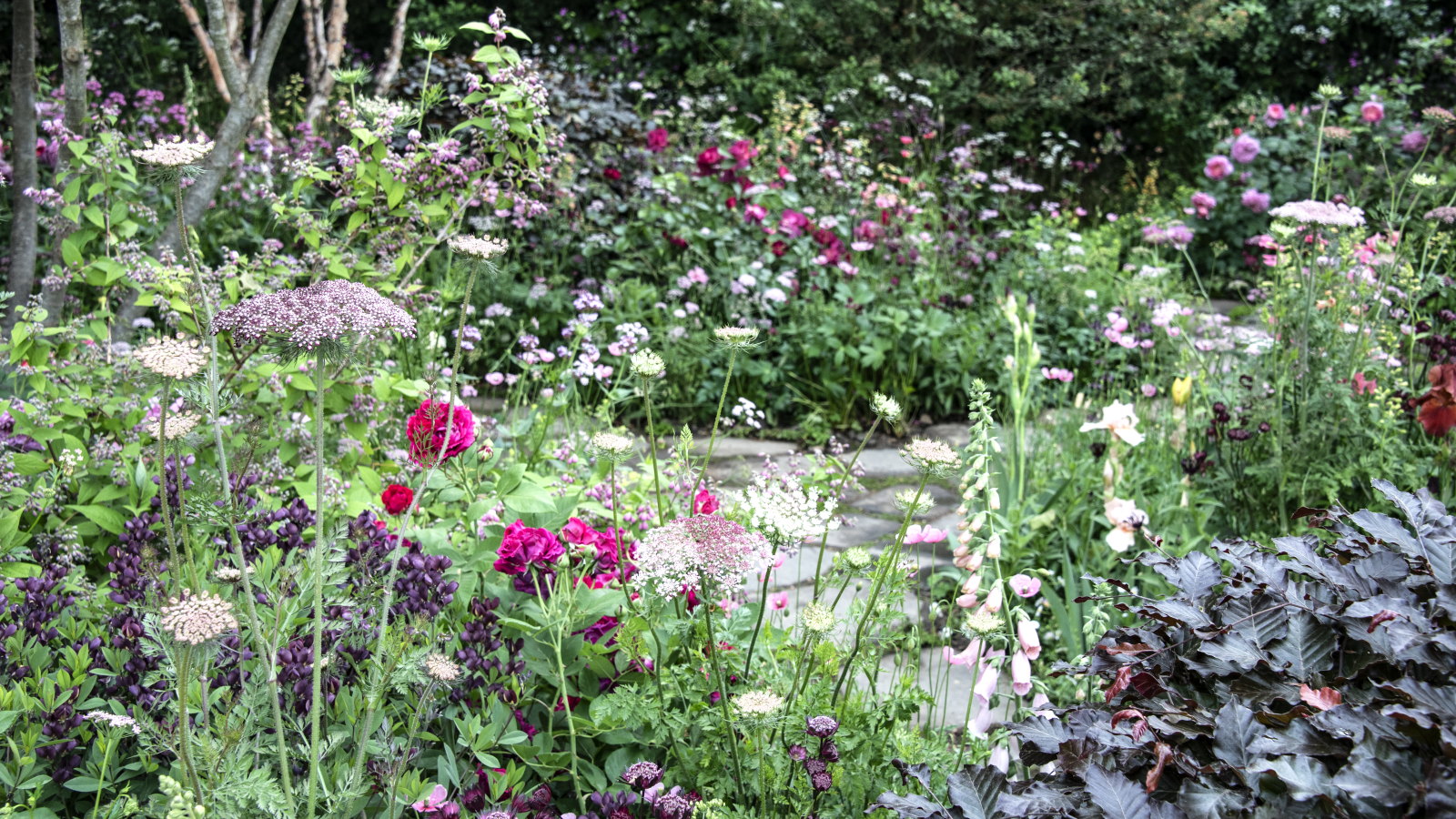 I’m a professional gardener, and these are 7 undemanding perennial flowers I would plant in June for years of glorious, long-lasting blooms
I’m a professional gardener, and these are 7 undemanding perennial flowers I would plant in June for years of glorious, long-lasting bloomsMake any flower bed dazzle and attract pollinators with these low-maintenance perennials
-
 Best fragrant privacy plants – 5 scented perennials and shrubs to transform your yard into a perfumed sanctuary
Best fragrant privacy plants – 5 scented perennials and shrubs to transform your yard into a perfumed sanctuaryThese fragrant privacy plants will add scent and seclusion to any space